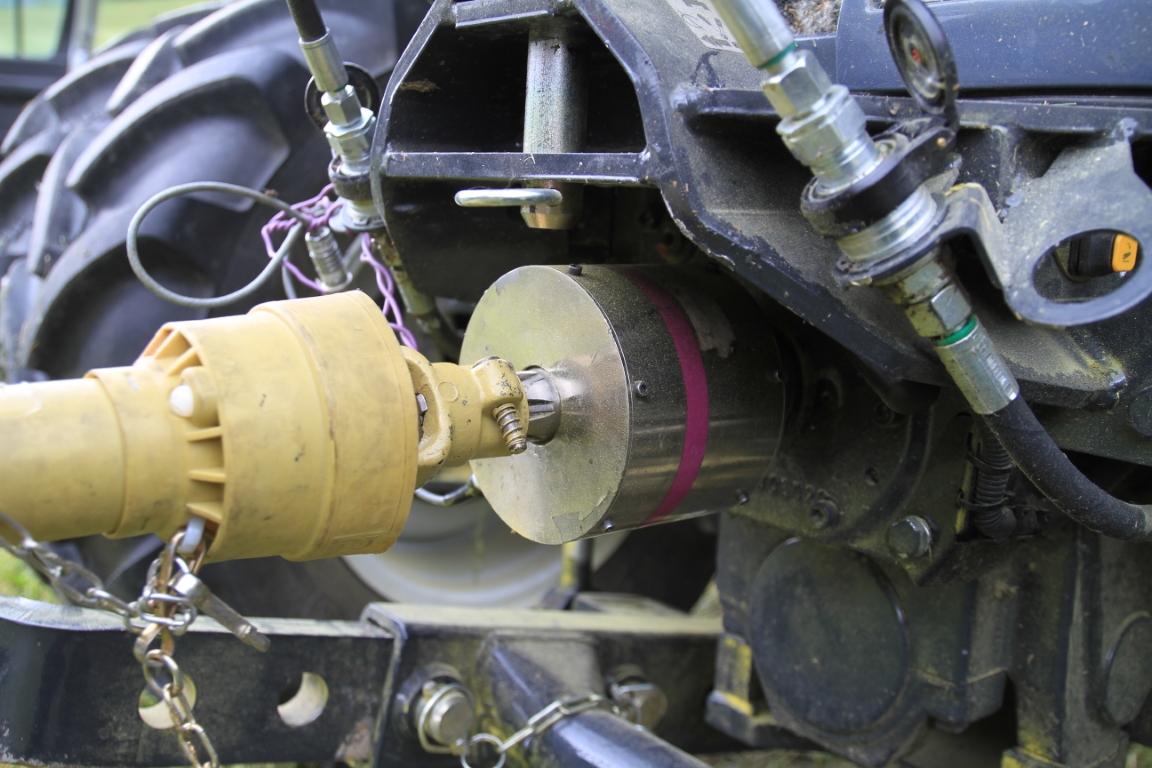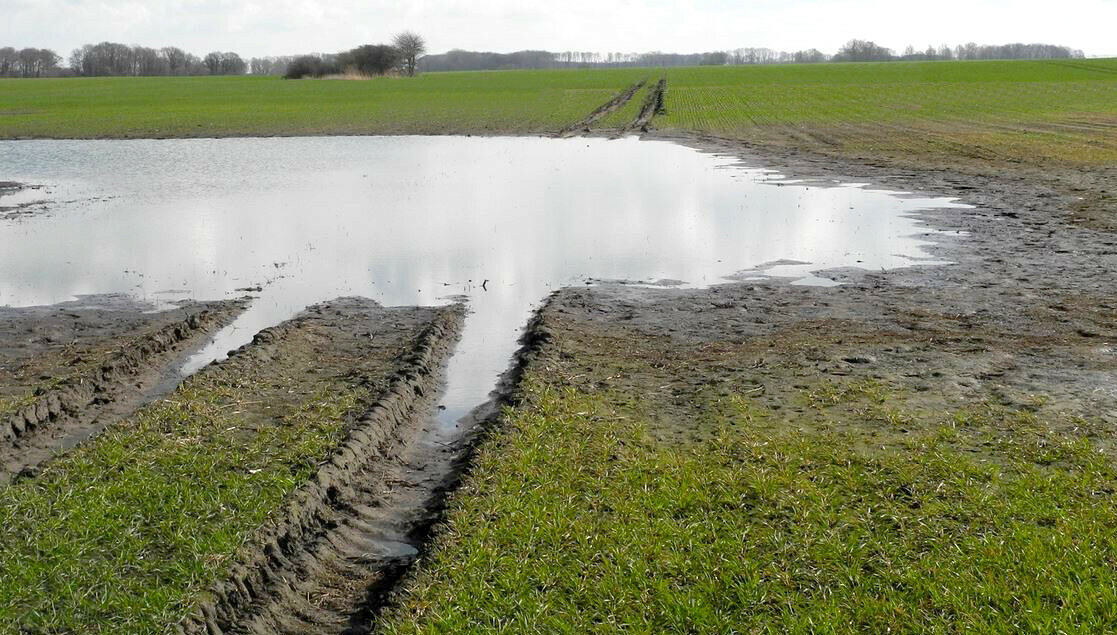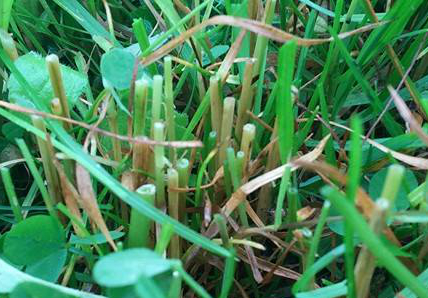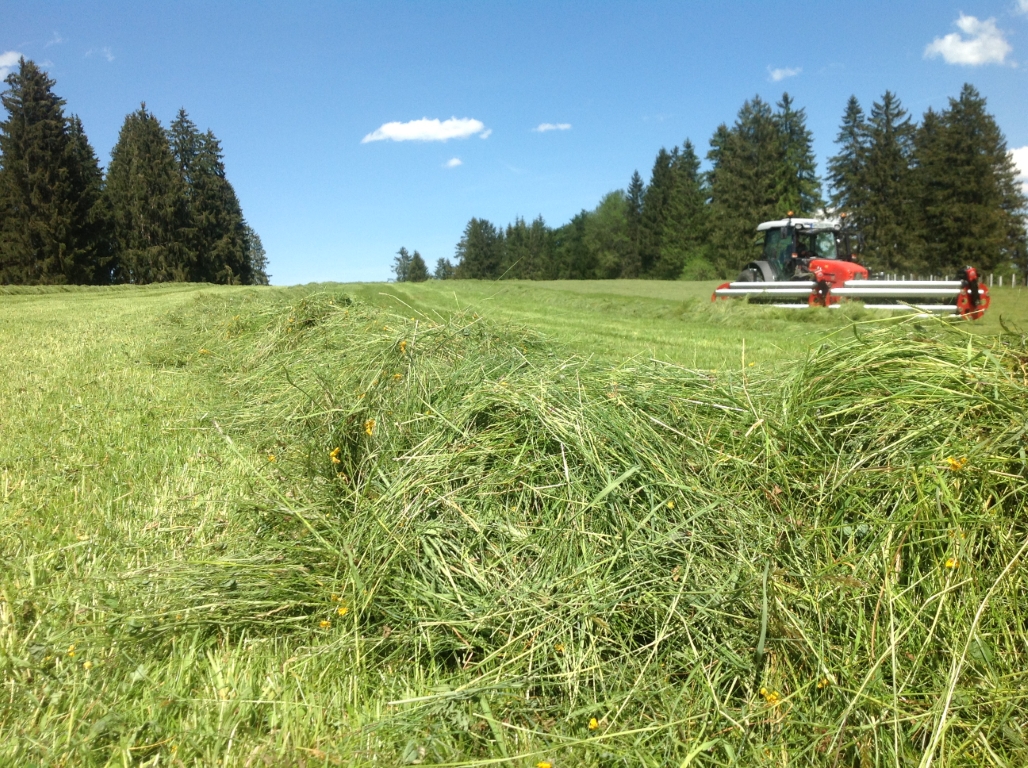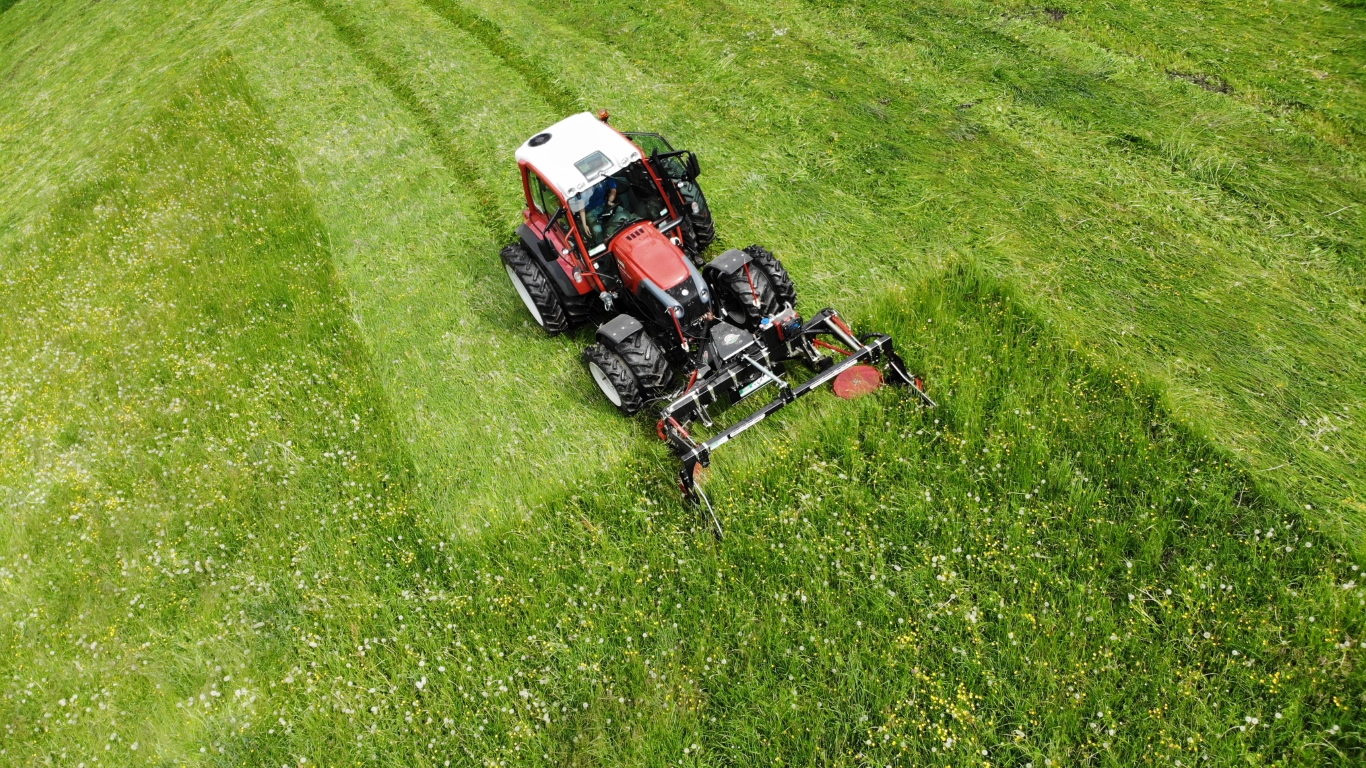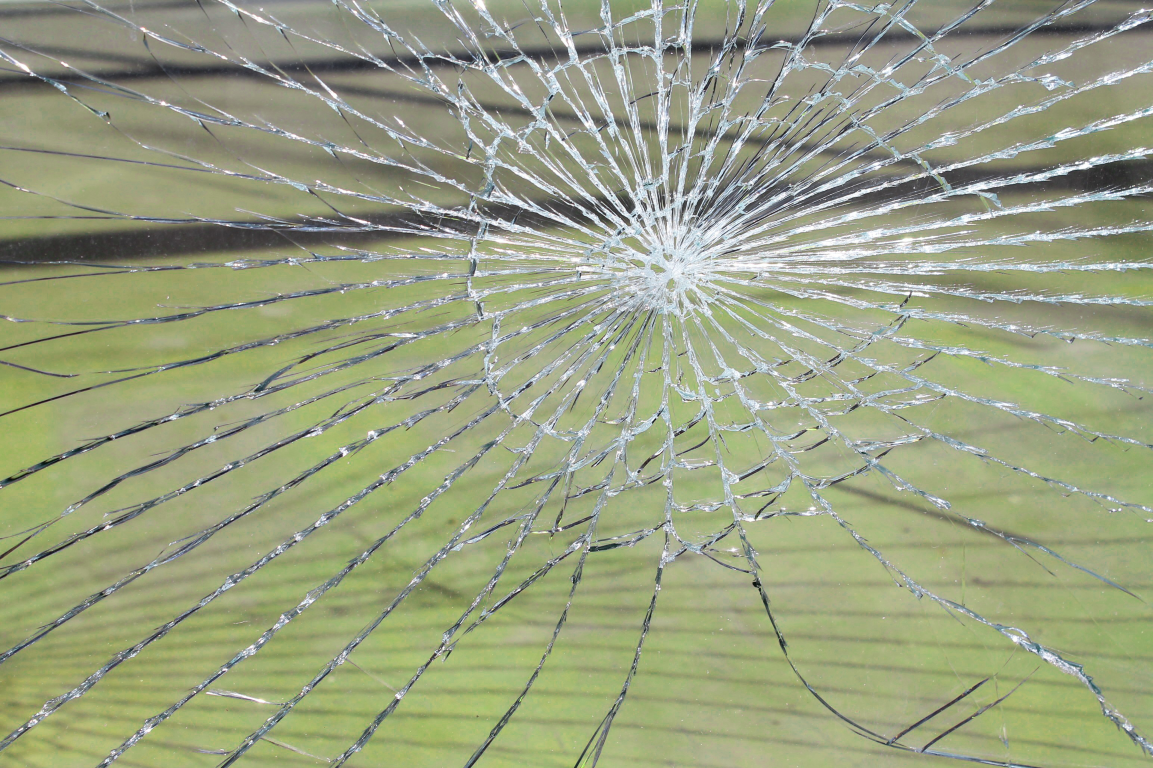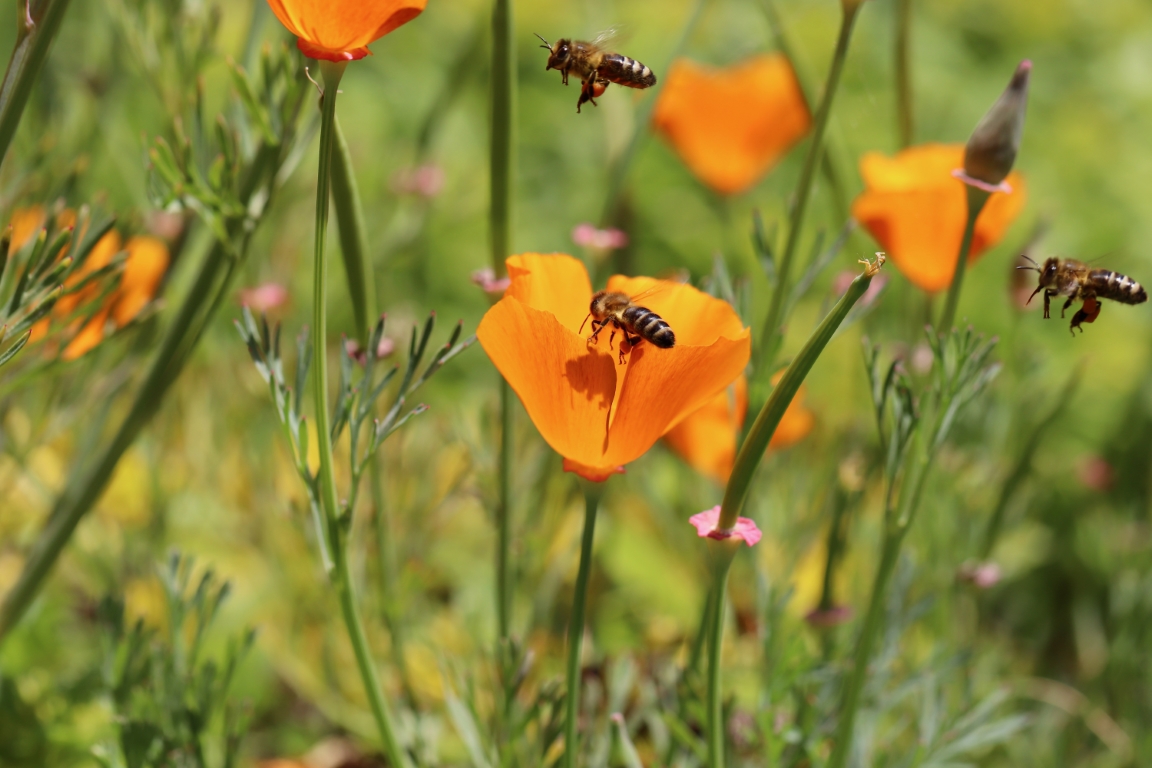Minimum power requirement
The power requirement of less than 2 hp per meter of working width measured by the Federal Institute for Agricultural Engineering (BLT) in Wieselburg, Lower Austria, illustrates how little energy is needed to mow effectively. A double-blade mower combination with 9 meters has a power input of 18 hp, a disc mower requires about 5 times that amount of drive power.
Gentle for amphibians and insects
Double-blade mowers protect amphibians, insects and wildlife to a high degree. The number of injured and killed animals is demonstrably many times higher when mowing with rotary mowers. Furthermore, the body parts remain in the forage and cause various sicknesses in the animals that eat the forage.

